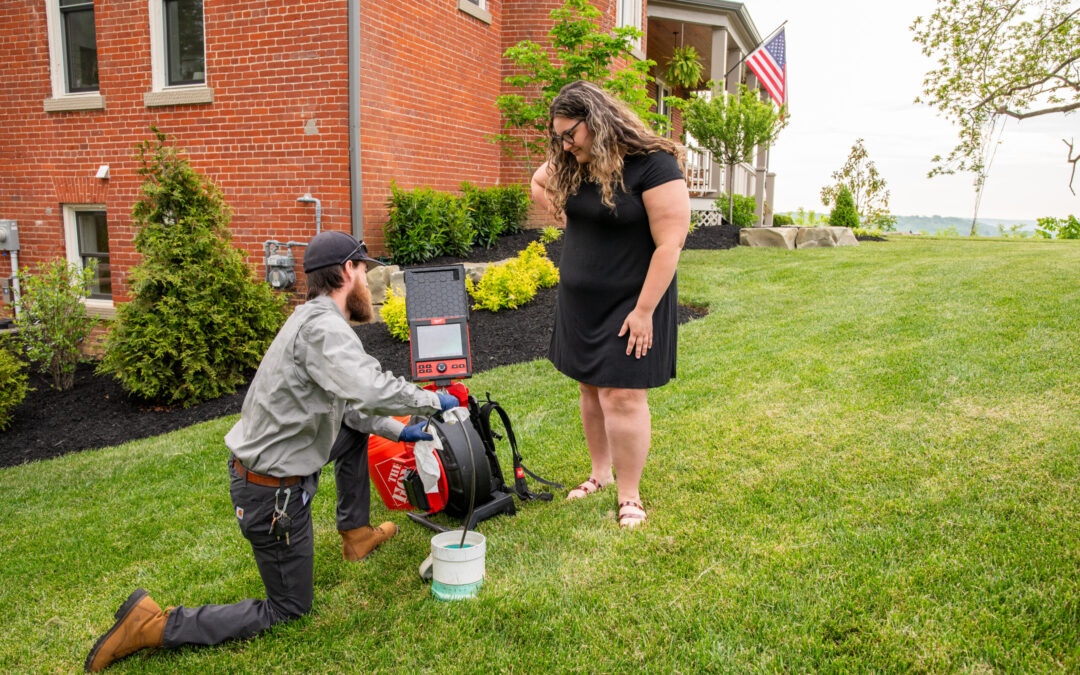If you’ve ever faced a clogged drain, you’ve likely heard of the classic combination of baking soda and vinegar as a natural solution. This post will explore how effective this duo is for unclogging drains, its benefits, and step-by-step instructions for using them.
Understanding Drain Clogs
What Causes Drain Clogs?
Drain clogs can result from various materials accumulating over time, including:
- Hair: Often found in bathroom sinks and showers.
- Soap Scum: A combination of soap and minerals that can build up in pipes.
- Food Waste: Particularly common in kitchen sinks, where bits of food can get trapped.
- Grease: Fats from cooking can solidify in pipes, leading to blockages.
- Foreign Objects: Items accidentally dropped down the drain can cause immediate clogs.
Why Choose Natural Solutions?
Using chemical drain cleaners can be harmful to both your pipes and the environment. Natural solutions, like baking soda and vinegar, are safer and often just as effective.
The Science Behind Baking Soda and Vinegar
How Does It Work?
Baking soda (sodium bicarbonate) is a base, while vinegar (acetic acid) is an acid. When combined, they react to create carbon dioxide gas, which can help dislodge debris in the pipes. This reaction also creates a bubbling effect that may help to break down the clog.
Benefits of Using Baking Soda and Vinegar
- Non-Toxic: Safe for you, your family, and pets.
- Environmentally Friendly: Reduces reliance on harmful chemicals.
- Cost-Effective: Affordable household items that are easy to find.
- Prevention: Regular use can help maintain clear drains.
Step-by-Step Guide to Unclogging Drains with Baking Soda and Vinegar
Materials Needed
- 1 cup of baking soda
- 1 cup of vinegar
- Hot water
- A drain plug or cloth
Instructions
- Clear the Area: Remove any standing water in the sink or tub. This will allow the mixture to work more effectively.
- Pour in Baking Soda: Start by pouring one cup of baking soda directly into the drain. Let it sit for a few minutes.
- Add Vinegar: Next, pour one cup of vinegar into the drain. You’ll notice fizzing and bubbling as the reaction begins. This is the process of breaking down the clog.
- Cover the Drain: Use a drain plug or cloth to cover the drain. This helps to trap the reaction below and increases its effectiveness.
- Wait: Allow the mixture to sit for about 30 minutes. During this time, the chemical reaction will help to break down any debris.
- Flush with Hot Water: After waiting, flush the drain with hot water to wash away the loosened debris. This will help to clear the drain completely.
- Repeat if Necessary: For stubborn clogs, you may need to repeat the process a few times.
Tips for Maintaining Clear Drains
- Regular Maintenance: Make this treatment a monthly routine to prevent clogs.
- Avoid Pouring Grease: Never pour grease or oil down the drain, as they can solidify and cause blockages.
- Use a Drain Strainer: Install a strainer in sinks and tubs to catch hair and food particles.
When to Call a Professional
While baking soda and vinegar can handle minor clogs, more severe blockages may require professional help. If you notice persistent drainage issues, it’s best to consult a plumber.
Conclusion
Baking soda and vinegar can be effective, eco-friendly solutions for unclogging drains. By understanding how to use them and maintaining your plumbing regularly, you can keep your drains flowing freely. Remember, though, that for complex or persistent issues, professional assistance may be necessary.


